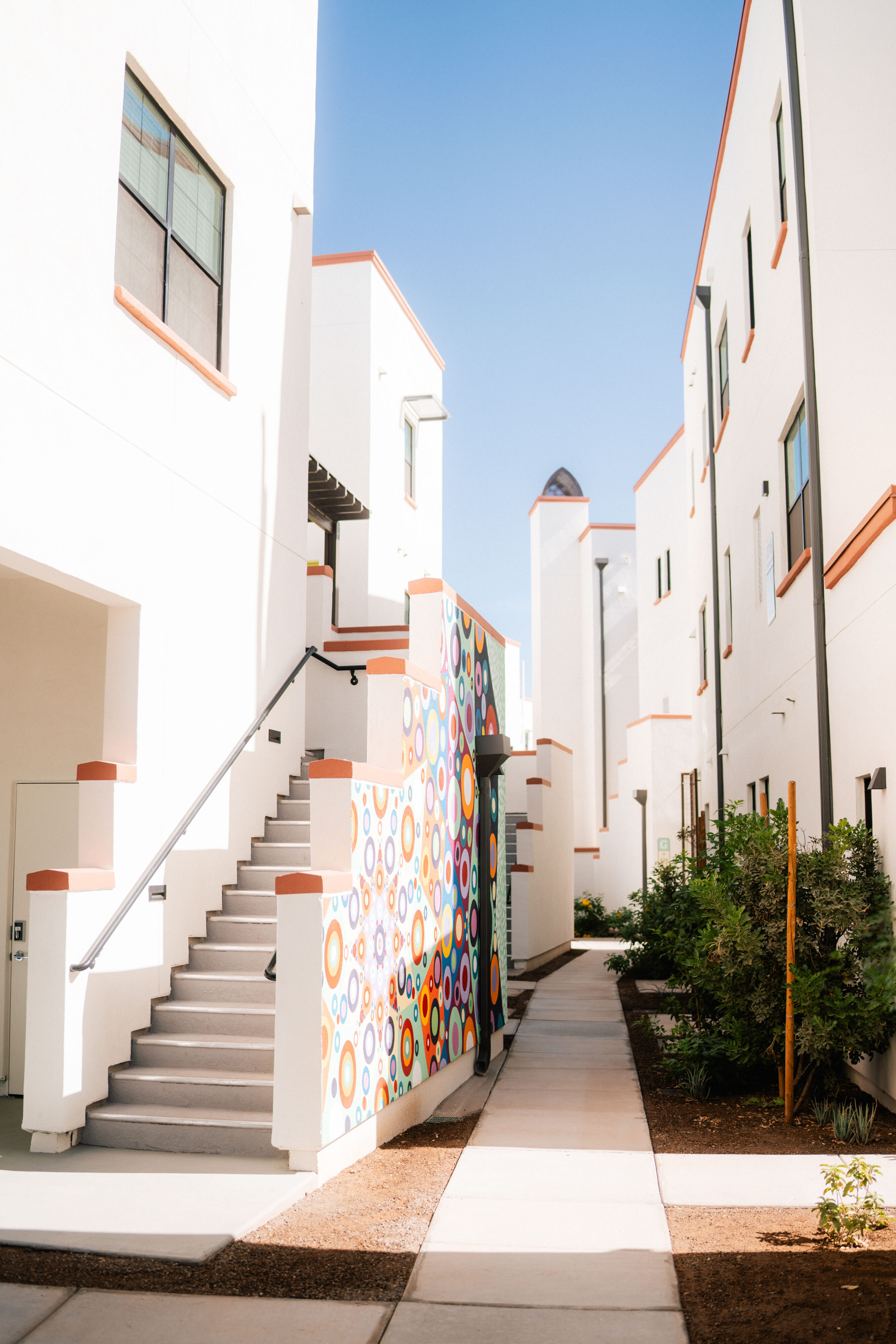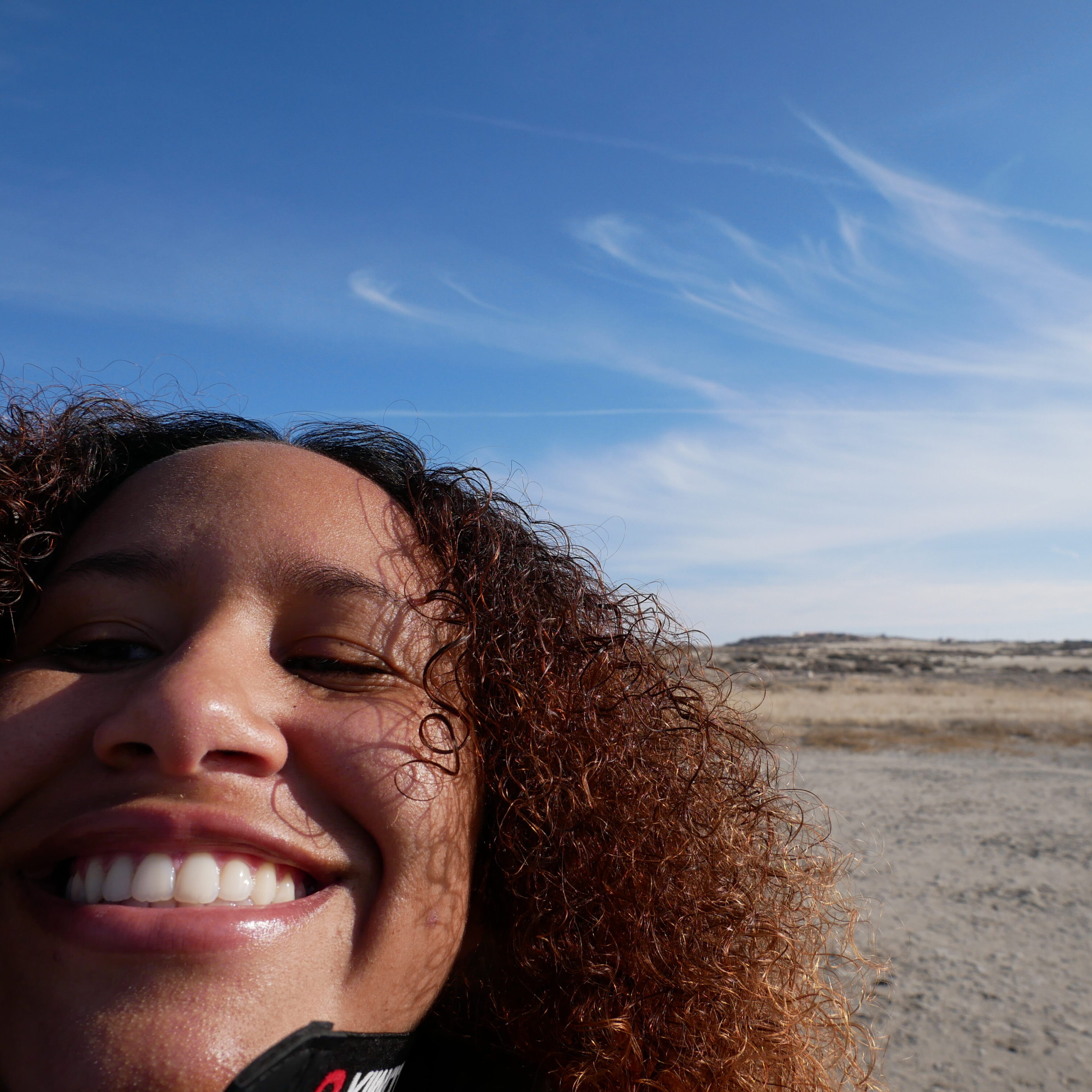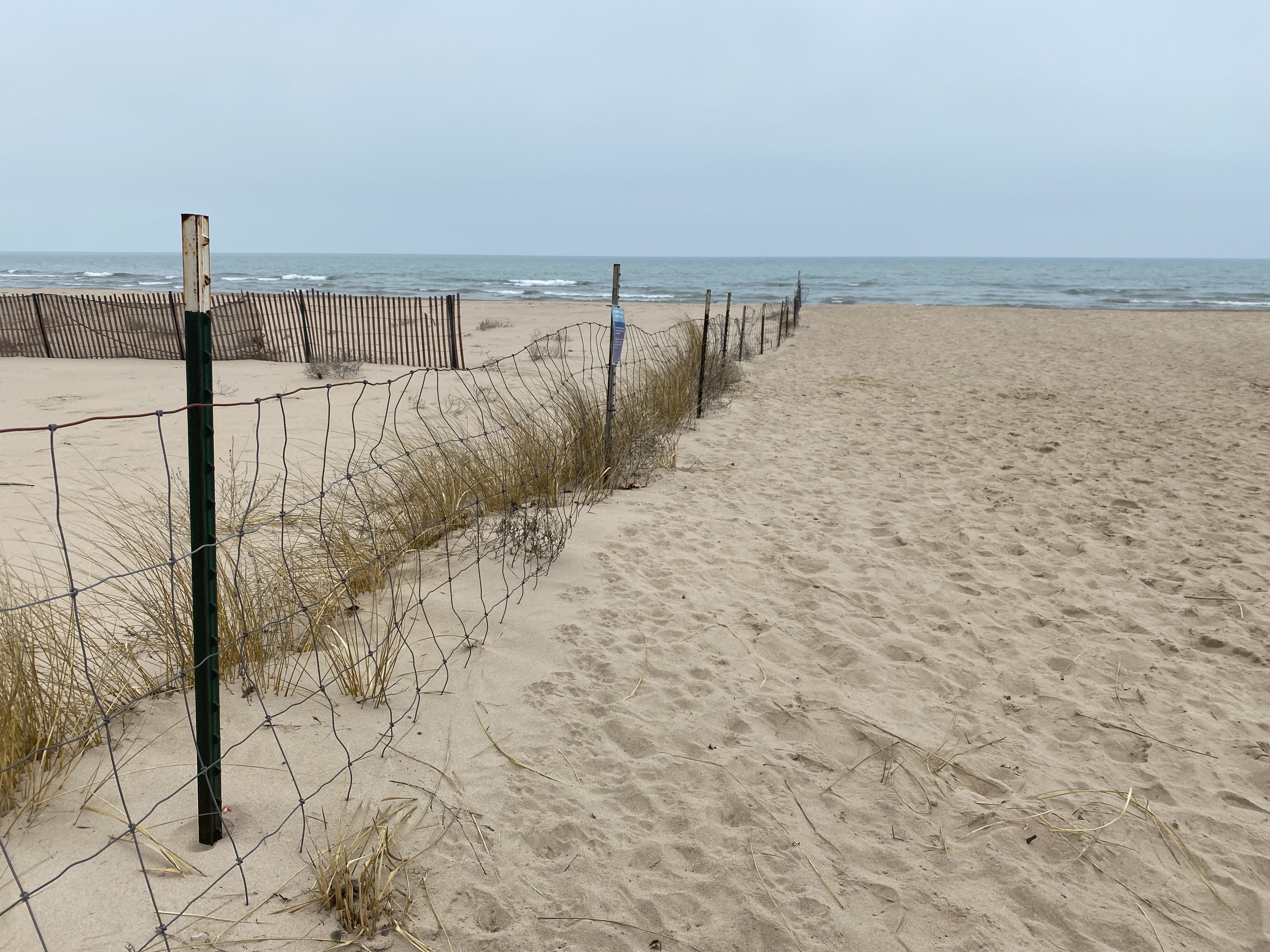 non-VOC paints, FSC wood products, and fluorescent bulbs.
non-VOC paints, FSC wood products, and fluorescent bulbs.
Since this was a summer internship and the project was nearing substantial completion, time was of the essence. Every day, sometimes even twice a day, I would call each of the subcontractors in order to get the proper documents. As I waited for this information, I would have to photograph the job site every other day to ensure that the project was within the LEED guidelines of source control and interior standards. Pictures of the safety net and of the construction crew working in a secluded area were recorded. This aspect was crucial since the project was a completion of the top two floors, therefore little evidence of construction was to be seen from the lower floors.
During the course of the data collection, I did receive some advice from my supervisors and occasional assistance from the Clark LEED fellow. Although each of the members of my team had specific priorities to complete. I came to learn that typically, the LEED documentation was sent weeks after the Clark Construction team would leave the project site. It left me with the impression that the LEED certification was not a pressing matter. The LEED aspects of the project (the chilled beams, the green roof, and interior air quality control) were outlined years before excavation. While the last stages of accreditation could be finalized after the project site was completed, which was an acceptable practice for contractors.
After four weeks of collecting the data in various different forms and after meetings with a Clark LEED fellow, it was ready to be uploaded to the USGBC website. This process should have been just several clicks of the mouse and keyboard, however since the website was down, I had to upload each item individually. It was painstakingly long, although I was able to finish the LEED certification for the project before I left for the end of the summer.
The construction industry is not the most glamorous and not the most thrilling. However, structures of all kinds – bridges, skyscrapers, and dams – are ubiquitous and unavoidable. As a first-hand witness to the LEED process, I have endured the long processes of waiting, photo-taking, and paperwork. It made me feel more like a secretary than an engineer, more of a scorekeeper than a construction management intern.
Despite all of that, my internship gave me a glimpse of the growing green standards in the construction industry. These structures will be around for at least the next 50 years. I am pleased to have had the opportunity to observe sustainability at its core, which is to develop and build an entity which meets the needs of the present without compromising the needs of future generations.
">In a rapidly changing world, businesses must regularly measure risks and opportunities as they strive to maintain a competitive edge. Luckily, this indicates more focus on the environment and sustainable growth.






















